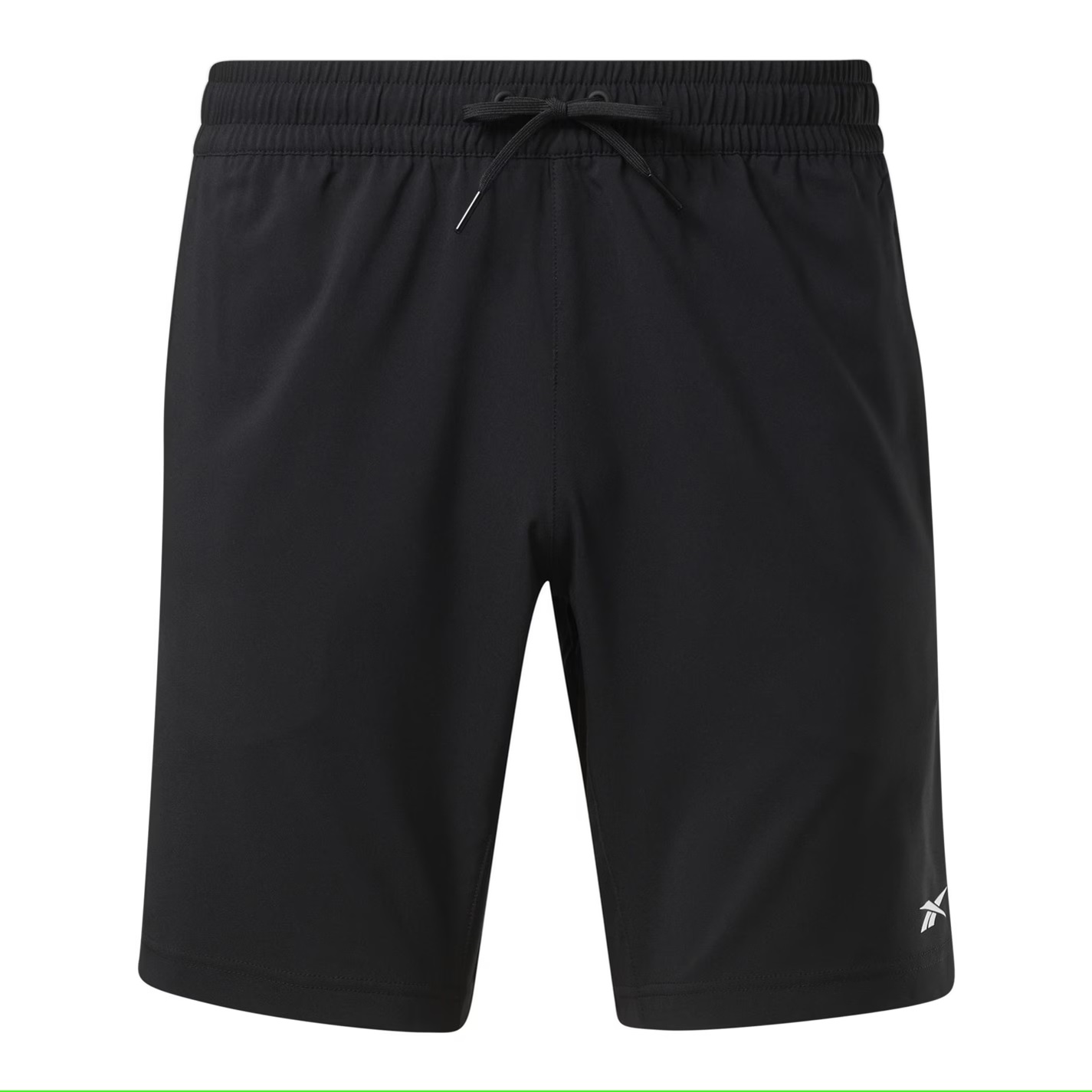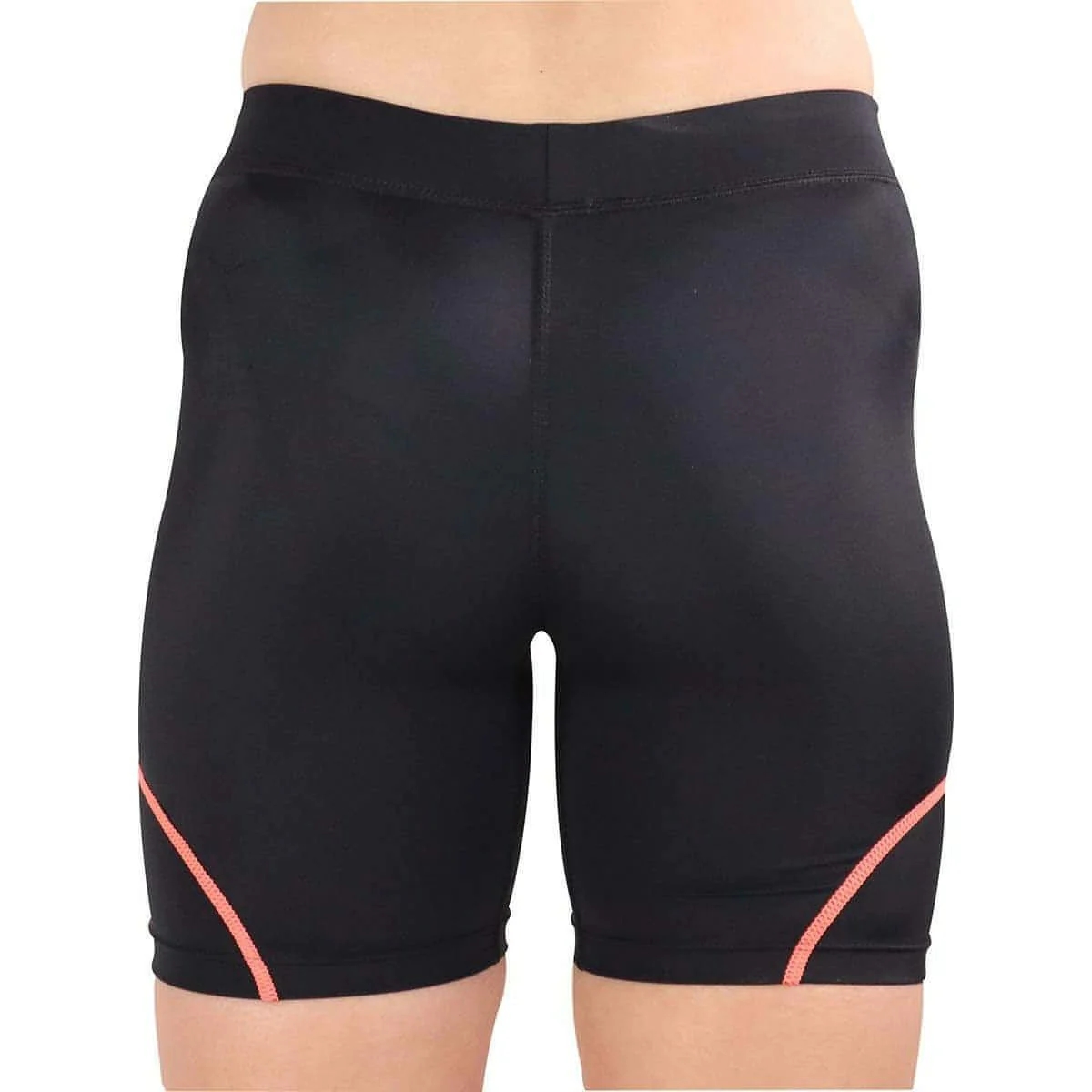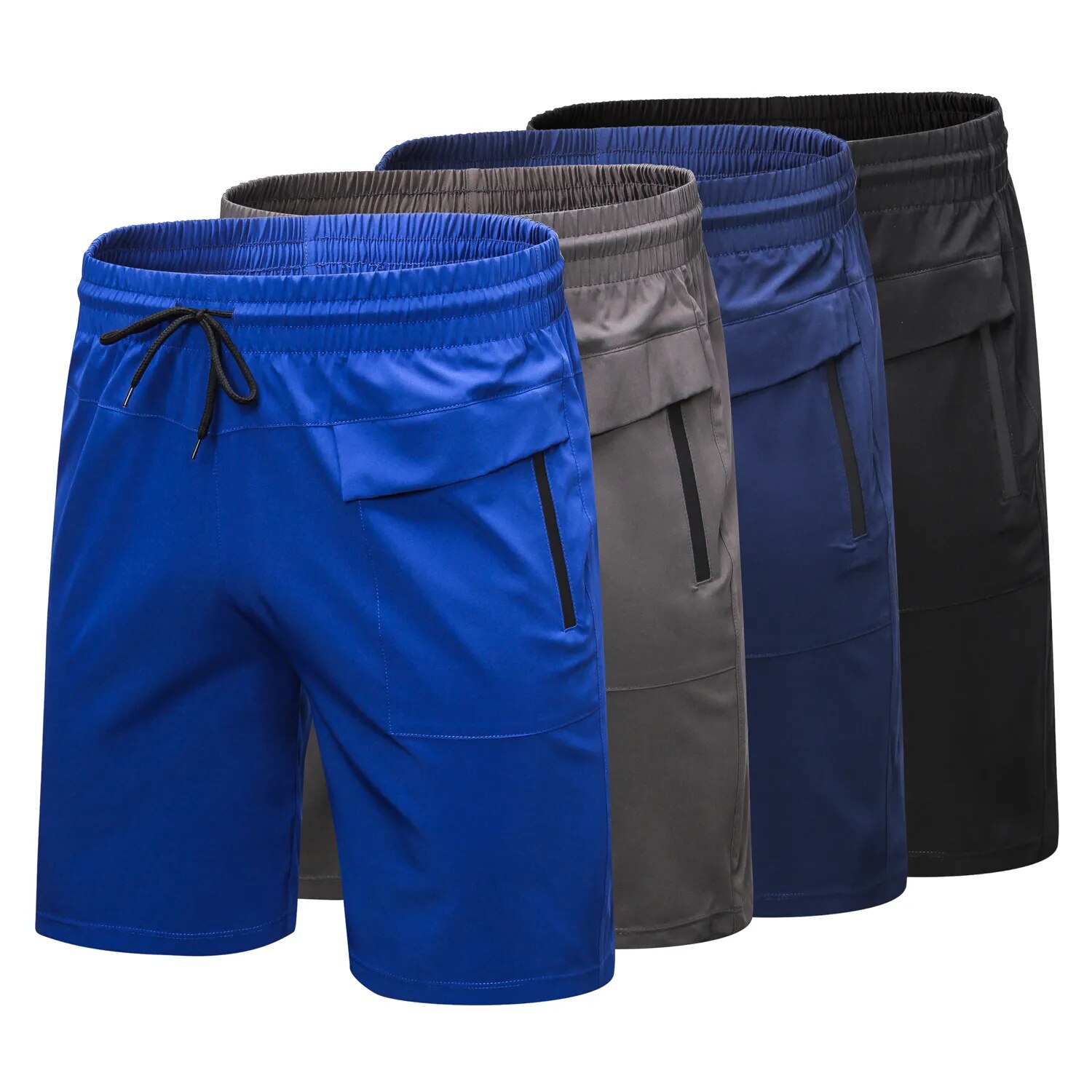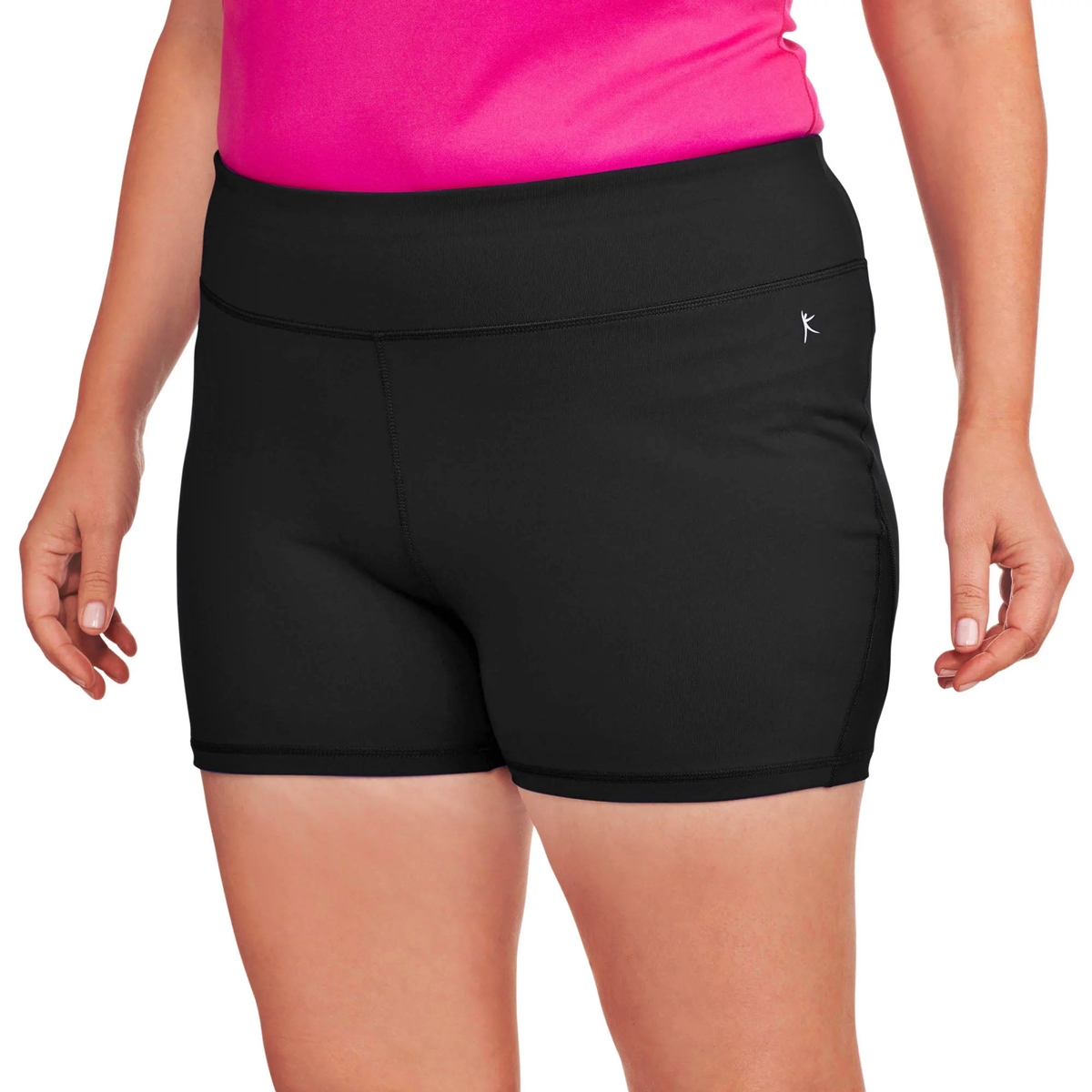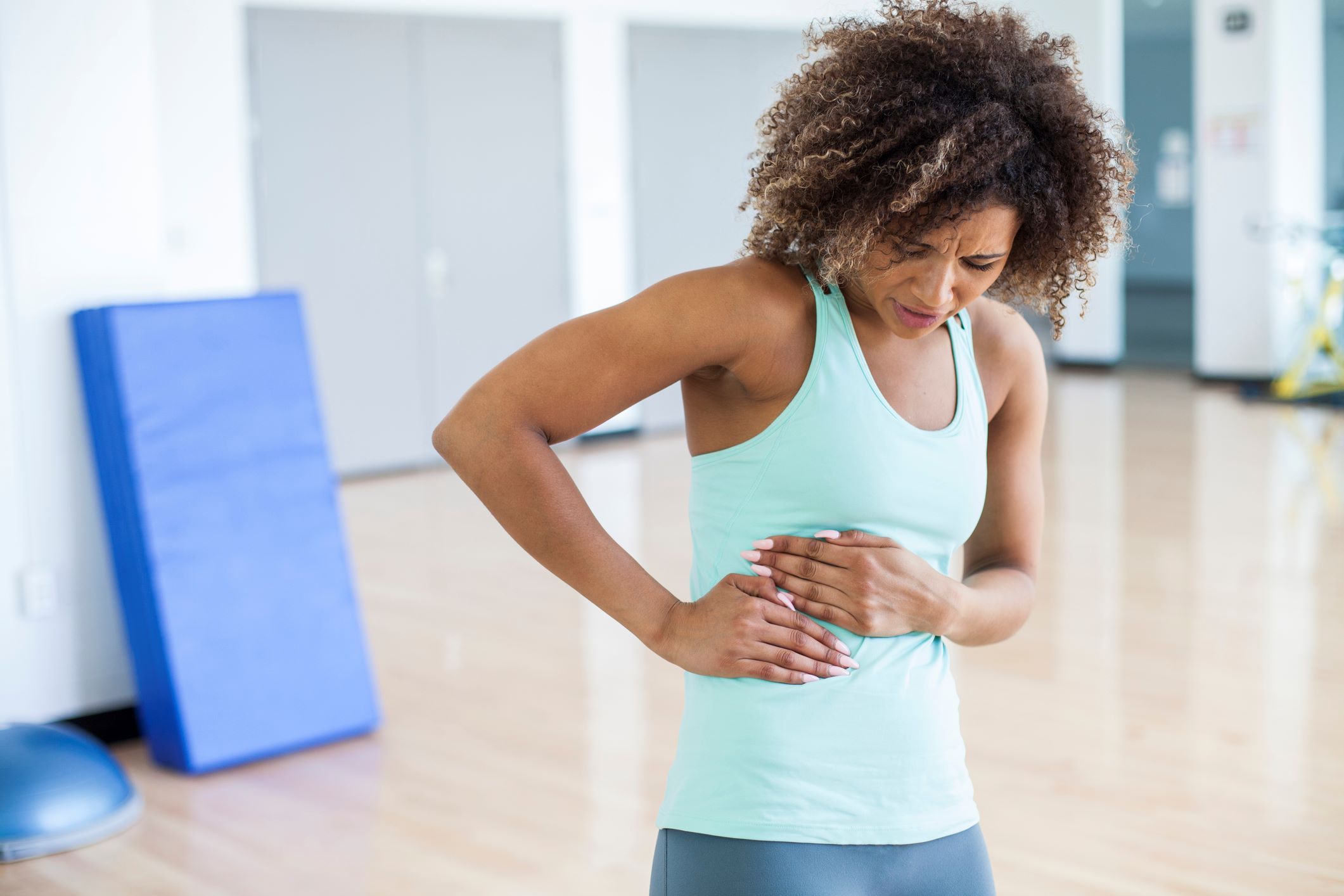

Featured
Why Does My Stomach Hurt When I Workout
Modified: January 2, 2024
Find out why your stomach hurts during workouts and discover how to prevent this discomfort. Read our featured article for helpful tips and advice.
Introduction
It’s a common experience for many people: you lace up your sneakers, head to the gym, and eagerly start your workout, only to be hit with an unexpected and uncomfortable sensation in your stomach. This phenomenon, known as exercise-related stomach pain, can vary in intensity and duration, leaving you puzzled and wondering why your stomach seems to be rebelling against your fitness efforts.
In this article, we will explore the causes of stomach pain during workouts and provide tips on how to prevent it. While it’s important to note that every individual is unique and may have different experiences, understanding the common reasons behind exercise-induced stomach pain can help you find ways to alleviate it and make your workouts more enjoyable.
Whether you are a seasoned fitness enthusiast or just starting your wellness journey, experiencing stomach pain during exercise can be frustrating and discouraging. It’s essential to address this issue to ensure you can continue to pursue your fitness goals without discomfort.
Let’s delve into the various factors that can contribute to stomach pain during workouts, from muscle cramps to digestive issues, and explore strategies for preventing and managing this discomfort.
Understanding Exercise-Related Stomach Pain
Exercise-related stomach pain, also known as exercise-induced gastrointestinal (GI) distress, is a common occurrence that can affect individuals of all fitness levels. This discomfort can range from a mild, nagging sensation to intense pain that hinders your workout performance. Understanding the possible causes of this stomach pain is crucial in finding effective solutions.
During exercise, blood flow is redirected away from the digestive organs to the working muscles. This reduced blood flow can lead to a decrease in oxygen and nutrient supply to the digestive system, causing various symptoms such as stomach cramps, bloating, and discomfort. Additionally, the physical movements involved in exercise can also contribute to stomach pain.
It’s important to note that exercise-related stomach pain can vary in location as well as intensity. Some individuals may experience pain in the upper abdomen, while others may feel it in the lower abdomen. The exact location of the pain can provide insights into the underlying cause.
While exercise-related stomach pain is often temporary and harmless, it can be indicative of an underlying issue that may require medical attention. If you experience severe, persistent, or recurrent stomach pain during exercise, it is recommended to consult a healthcare professional to rule out any potential underlying condition.
Now that we have a general understanding of exercise-related stomach pain, let’s explore some of the common causes behind this discomfort in the next section.
Causes of Stomach Pain During Workouts
Stomach pain during workouts can stem from various factors, including muscle cramps, side stitches, acid reflux, and digestive issues. Understanding these causes can help you identify the root of your discomfort and take appropriate measures to prevent or alleviate it.
Muscle Cramps: Intense physical activity can lead to muscle cramps, which can also affect the muscles within the abdominal region. When the muscles contract involuntarily, it can result in sharp or dull pain in the stomach area. Dehydration, electrolyte imbalances, and inadequate warm-up can contribute to muscle cramps during exercise.
Side Stitches: Side stitches, also known as exercise-related transient abdominal pain (ETAP), are sharp, localized pains that can occur on either side of the abdomen. While the exact cause of side stitches is not fully understood, factors such as poor breathing techniques, rapid or uneven running pace, and poor posture during exercise are believed to contribute to this discomfort.
Acid Reflux: Acid reflux, or gastroesophageal reflux disease (GERD), occurs when stomach acid flows back into the esophagus. This can cause a burning sensation in the chest and throat, but it can also lead to stomach pain during exercise. Vigorous movements, such as running or jumping, can exacerbate acid reflux symptoms and result in stomach discomfort.
Pre-Workout Nutrition and Digestive Issues: Eating a large or heavy meal too close to your workout can lead to digestive issues and stomach pain. The digestive system requires energy to break down and absorb food, and intense exercise can divert blood flow away from the digestive organs, leading to discomfort. Additionally, certain food choices, such as high-fiber or spicy foods, can increase the likelihood of digestive issues during workouts.
Dehydration: Proper hydration is essential for optimal exercise performance and overall health. Dehydration can lead to electrolyte imbalances and muscle cramps, including those in the stomach area. It’s important to drink an adequate amount of water before, during, and after your workout to prevent dehydration-related stomach pain.
Identifying the specific cause of your stomach pain during workouts can help determine the most effective strategies for prevention and relief. In the next section, we will discuss some tips to prevent stomach pain and discomfort while exercising.
Muscle Cramps and Stomach Pain
Muscle cramps are a common cause of stomach pain during workouts. These cramps can occur in the abdominal muscles themselves or in the adjacent muscles, causing discomfort in the stomach area. Understanding the relationship between muscle cramps and stomach pain can help you prevent and manage this issue effectively.
Intense physical activity, such as high-intensity interval training (HIIT) or weightlifting, can lead to muscle fatigue and cramping. When the muscles are overexerted or fatigued, they may involuntarily contract, resulting in a cramp. This can cause sensations of tightness, sharp pain, or a dull ache in the stomach area.
Dehydration and electrolyte imbalances can also contribute to muscle cramps during exercise. When the body lacks proper hydration or essential minerals like potassium, magnesium, and calcium, it can disrupt the electrolyte balance in the muscles, making them more susceptible to cramping. Ensure you are adequately hydrated and replenishing your electrolytes before, during, and after your workouts to minimize the risk of muscle cramps.
Improper warm-up or lack of stretching can also increase the likelihood of experiencing muscle cramps. Prior to engaging in your workout, it’s essential to warm up your body and gradually increase your heart rate and blood flow to the muscles. Incorporating dynamic stretches that target the abdominal area can help prepare the muscles for the upcoming exercises and reduce the risk of cramping.
If you experience a muscle cramp during your workout, there are steps you can take to alleviate the discomfort. First, stop the activity and gently stretch and massage the affected area. Applying heat or cold therapy, such as a warm towel or ice pack, can also help relax the muscles and reduce pain. Additionally, hydrating with water or a sports drink that contains electrolytes can assist in restoring the proper balance and preventing further cramping.
Preventing muscle cramps can be achievable with a few simple strategies. Gradually increasing the intensity and duration of your workouts, maintaining proper hydration, and incorporating regular stretching and warm-up routines can help prevent muscle fatigue and cramps. Listen to your body and be aware of any warning signs of potential cramping, such as tightness or twinges in the stomach area, and take a break or modify your movements if necessary.
By understanding the connection between muscle cramps and stomach pain and implementing preventive measures, you can minimize the discomfort and make your workouts more enjoyable and effective.
Side Stitches and Abdominal Discomfort
If you’ve ever experienced a sharp, stabbing pain in your side during a run or workout, you may have encountered side stitches. Side stitches, also known as exercise-related transient abdominal pain (ETAP), are a common cause of abdominal discomfort during exercise. Understanding the reasons behind side stitches can help you prevent and manage this discomfort more effectively.
The exact cause of side stitches is not fully understood, but there are several theories. One theory suggests that side stitches occur due to the jostling of internal organs during exercise, particularly when running or performing high-impact activities. The repetitive motion can stretch the ligaments that connect the organs to the abdominal wall, leading to the sensation of pain.
Other potential factors that contribute to side stitches include inadequate breathing techniques, rapid or uneven running pace, and poor posture during exercise. Shallow or improper breathing can put additional strain on the diaphragm, the primary muscle involved in respiration, leading to muscle spasms and subsequent side stitches.
To prevent side stitches, it’s important to focus on your breathing. Take deep breaths in through your nose and exhale fully through your mouth. Breathing evenly and maintaining a consistent pace can help prevent strain on the diaphragm and reduce the likelihood of side stitches.
Paying attention to your running or exercise form is also crucial in preventing side stitches. Maintain proper posture, engaging the core muscles to support your spine. Avoid slouching or hunching over, as this can put unnecessary strain on the abdominal muscles and increase the risk of side stitches.
If you do experience a side stitch during your workout, there are strategies to alleviate the discomfort. Immediately slow down your pace or stop exercising and place your hands above your head, gently stretching the side that is experiencing the pain. Taking deep breaths while stretching can help relax the diaphragm and ease the side stitch.
Preventive measures can go a long way in reducing the occurrence of side stitches. Gradually increasing your workout intensity and duration can allow your body to adapt and minimize the strain on the abdominal muscles. Ensuring adequate hydration and fueling your body with easily digestible carbohydrates before exercise can also help prevent side stitches.
By understanding the factors that contribute to side stitches and implementing preventive measures, you can minimize abdominal discomfort during exercise and enjoy a more comfortable and fulfilling workout experience.
Acid Reflux and Exercise-Induced Stomach Pain
Acid reflux, also known as gastroesophageal reflux disease (GERD), occurs when stomach acid flows back into the esophagus. While acid reflux commonly causes a burning sensation in the chest and throat, it can also lead to stomach pain during exercise. Understanding the relationship between acid reflux and exercise can help you manage and alleviate this discomfort.
Vigorous physical activities, such as running, jumping, or high-intensity workouts, can exacerbate acid reflux symptoms. When you engage in these activities, the intense movements and increased intra-abdominal pressure can prompt the contents of the stomach to flow back into the esophagus, triggering stomach pain and discomfort.
Several factors can contribute to the occurrence of acid reflux during exercise. One notable factor is the timing of your meals. Eating a large or heavy meal close to your workout can increase the likelihood of acid reflux symptoms. It’s recommended to allow a sufficient amount of time for digestion before engaging in exercise, ensuring that your stomach is not overly full.
Certain food choices can also exacerbate acid reflux symptoms during workouts. High-fat, spicy, or acidic foods are known to trigger acid reflux. Avoid consuming these types of foods before your workout to mitigate the risk of stomach pain and discomfort.
In addition to dietary considerations, maintaining proper posture during exercise can help prevent acid reflux. Slumping or hunching over compresses the abdominal area and can increase the pressure on the stomach, promoting acid reflux. Focus on maintaining an upright posture, engaging the core muscles to support your spine during workouts.
If you experience acid reflux-related stomach pain during exercise, there are measures you can take to alleviate the discomfort. Slow down or pause your workout and allow your body to settle. Standing upright or sitting vertical can help reduce the symptoms. If symptoms persist or worsen, it’s advisable to consult a healthcare professional for further evaluation.
To prevent exercise-induced acid reflux, it’s essential to make appropriate lifestyle changes. Avoid eating large meals close to your workouts and opt for lighter, easily digestible options. Stay hydrated throughout your workout, as adequate hydration can help maintain optimal digestion. It may also be beneficial to consider medication or over-the-counter antacids to manage acid reflux symptoms.
By understanding the relationship between acid reflux and exercise and implementing preventive measures, you can minimize stomach pain and discomfort, allowing for more enjoyable and productive workouts.
Pre-Workout Nutrition and Digestive Issues
What you eat before your workout can significantly impact your digestive system and potentially lead to stomach pain or discomfort during exercise. Understanding the role of pre-workout nutrition and how it relates to digestive issues is crucial for optimizing your exercise routine and minimizing discomfort.
Eating a large or heavy meal too close to your workout can cause digestive issues and stomach pain. When you consume a substantial amount of food, especially high in fat or fiber, it requires significant energy and time to break down and digest. During exercise, blood flow is redirected away from the digestive organs towards the working muscles, potentially leading to incomplete digestion and discomfort in the stomach area.
Choosing the right types of foods before your workout can also contribute to or prevent digestive issues. High-fiber foods, such as whole grains, fruits, and vegetables, are generally healthy choices for regular meals, but they can cause bloating or gas during exercise. Spicy foods and acidic foods may also irritate the digestive system, leading to heartburn or indigestion.
It’s recommended to allow ample time for digestion before engaging in exercise. A general guideline is to consume a meal at least two to three hours before your workout. This timeframe allows for the majority of digestion to occur and reduces the chance of stomach pain or discomfort during exercise. If you need to eat closer to your workout time, opt for smaller, easily digestible snacks that are lower in fat and fiber.
Hydration plays a vital role in digestion and can impact your pre-workout nutrition as well. Adequate hydration ensures that your digestive system functions optimally, preventing issues such as constipation or sluggish digestion. It’s important to drink enough water leading up to your workout to maintain proper hydration levels.
Individuals with pre-existing digestive conditions, such as irritable bowel syndrome (IBS) or lactose intolerance, may be more prone to digestive issues during exercise. It is advisable to experiment with your pre-workout nutrition to identify trigger foods or specific dietary strategies that work best for your body.
If you experience digestive issues during exercise, taking measures to alleviate the discomfort is crucial. Stop exercising or decrease the intensity to allow your body to settle. Engaging in gentle movements, such as light stretching or walking, can help stimulate digestion and alleviate symptoms.
By paying attention to your pre-workout nutrition and making thoughtful food choices, you can support your digestive system and minimize the risk of digestive issues and stomach pain during exercise. Experiment with different foods and timing strategies to find what works best for you and helps optimize your workout performance.
Dehydration and Stomach Pain During Exercise
Proper hydration is crucial for maintaining optimal health and performance during exercise. Failure to maintain adequate hydration levels can result in various symptoms, including stomach pain or discomfort. Understanding the relationship between dehydration and stomach pain during exercise can help you prevent and manage this issue effectively.
During exercise, your body loses water through sweat to regulate body temperature. When you become dehydrated, the volume of blood circulating through your body decreases, leading to reduced blood flow to the digestive system. This diminished blood flow can result in decreased oxygen and nutrient supply to the stomach, causing stomach pain or discomfort.
Dehydration can also disrupt the balance of electrolytes, such as potassium, sodium, and magnesium, in your body. Electrolytes play a vital role in muscle function and overall hydration. When these electrolytes become imbalanced due to dehydration, it can lead to muscle cramps, including those in the stomach area, resulting in stomach pain during exercise.
Preventing stomach pain during exercise due to dehydration starts with ensuring proper hydration before, during, and after your workouts. It’s important to drink enough fluids throughout the day to maintain optimal hydration levels. The general recommendation is to aim for at least 8 cups (64 ounces) of water daily, but individual needs may vary depending on factors such as body size, activity level, and environmental conditions.
When exercising, drink water before, during, and after your workout to replenish the fluids lost through sweat. Sip water regularly during exercise rather than waiting until you feel thirsty to ensure proper hydration. If you’re engaging in intense or prolonged exercise sessions, or if you’re exercising in hot and humid conditions, consider incorporating electrolyte-rich sports drinks to replenish both fluids and electrolytes.
Monitoring your urine color can serve as an indicator of hydration status. Pale yellow urine generally indicates adequate hydration, whereas dark yellow or amber-colored urine may suggest dehydration. Aim for a light, pale yellow color as an indicator of proper hydration.
It’s important to note that overhydration can also have negative effects on the body. Drinking excessive amounts of water without adequate electrolyte consumption can result in hyponatremia, a condition characterized by low blood sodium levels. Be mindful of finding the right balance between hydration and electrolyte intake.
By prioritizing hydration and maintaining proper fluid and electrolyte balance, you can reduce the occurrence of stomach pain or discomfort during exercise. Remember to listen to your body and drink water regularly to stay hydrated during your workouts, ensuring a more comfortable and efficient exercise experience.
Tips to Prevent Stomach Pain During Workouts
Experiencing stomach pain during workouts can be frustrating and hinder your overall exercise performance. Fortunately, there are several preventive measures you can take to minimize the likelihood of stomach pain or discomfort during your workouts. Implementing these tips can help you have a more enjoyable and productive exercise experience.
1. Proper Hydration: Stay hydrated by drinking water consistently throughout the day and particularly before, during, and after your workouts. Keeping your body properly hydrated can prevent dehydration-related stomach pain and ensure optimal digestion.
2. Pre-Workout Nutrition: Be mindful of your pre-workout meals and snacks. Avoid eating large or heavy meals too close to your workouts to allow for proper digestion. Opt for smaller, easily digestible snacks that provide the necessary fuel without weighing you down.
3. Smart Food Choices: Avoid consuming foods that are known to trigger digestive issues or acid reflux, such as high-fat, spicy, or acidic foods, before your workouts. Opt for lighter options that are gentle on your stomach and less likely to cause discomfort.
4. Timing of Meals: Give yourself enough time to digest your food before engaging in exercise. Aim to eat a meal at least two to three hours before your workout to allow for proper digestion. If you need to eat closer to your workout time, choose smaller, easily digestible snacks.
5. Warm-Up Routine: Incorporate a proper warm-up routine into your workouts. A warm-up helps prepare your body for exercise by increasing blood flow to the muscles and reducing the risk of muscle cramps and other discomforts, including stomach pain.
6. Breathing Techniques: Pay attention to your breathing techniques during exercise. Practice deep, diaphragmatic breathing to prevent strain on the diaphragm and reduce the likelihood of side stitches and other breathing-related stomach pain.
7. Posture and Movement: Maintain proper posture during your workouts, particularly when engaging in activities that involve repetitive or intense movements. Good posture helps alleviate pressure on the abdominal area and minimize the risk of digestive issues.
8. Experiment and Listen to Your Body: Every individual is unique, so it’s important to experiment and find what works best for you. Pay attention to how your body responds to different foods, timing strategies, and exercise routines. Listen to your body’s signals and adjust accordingly to prevent stomach pain during workouts.
9. Seek Medical Advice: If you consistently experience severe or persistent stomach pain during exercise, it’s advisable to consult with a healthcare professional. They can help determine if there are underlying medical conditions contributing to your discomfort and provide appropriate guidance.
By implementing these preventive tips, you can minimize the occurrence of stomach pain or discomfort during your workouts. These strategies will help you optimize your exercise experience, allowing you to focus on your fitness goals and enjoy your workouts to the fullest.
Conclusion
Experiencing stomach pain during workouts can be a frustrating and discouraging experience. However, by understanding the underlying causes and implementing preventive measures, you can minimize and manage this discomfort effectively.
Exercise-related stomach pain can stem from various factors, including muscle cramps, side stitches, acid reflux, digestive issues, and dehydration. Muscle cramps can be prevented by ensuring proper hydration, adequate warm-up, and gradual increases in exercise intensity. Side stitches can be reduced by practicing proper breathing techniques, maintaining good posture, and gradually increasing running pace. Acid reflux-related stomach pain can be managed by being mindful of pre-workout nutrition, avoiding trigger foods, maintaining proper hydration, and practicing upright posture during exercise. Digestive issues can be prevented by allowing adequate time for digestion, making smart food choices, and monitoring portion sizes. Dehydration-related stomach pain can be minimized by staying properly hydrated throughout the day and replenishing fluids during exercise.
To prevent stomach pain during workouts, it’s important to prioritize proper hydration, choose appropriate pre-workout nutrition, practice good breathing techniques, maintain proper posture and movement, and listen to your body. By implementing these tips and being mindful of your body’s needs, you can optimize your exercise experience and minimize the discomfort of stomach pain.
If you consistently experience severe or persistent stomach pain during exercise, it’s recommended to seek medical advice to rule out any underlying medical conditions and receive appropriate guidance.
Remember, everyone’s body is unique, so it may take some trial and error to find the strategies that work best for you. Pay attention to your body’s signals, experiment with different approaches, and make adjustments as needed to ensure a comfortable and enjoyable workout experience.
By taking proactive steps to prevent stomach pain during workouts, you can focus on reaching your fitness goals, improving your overall well-being, and making the most out of your exercise routine.


